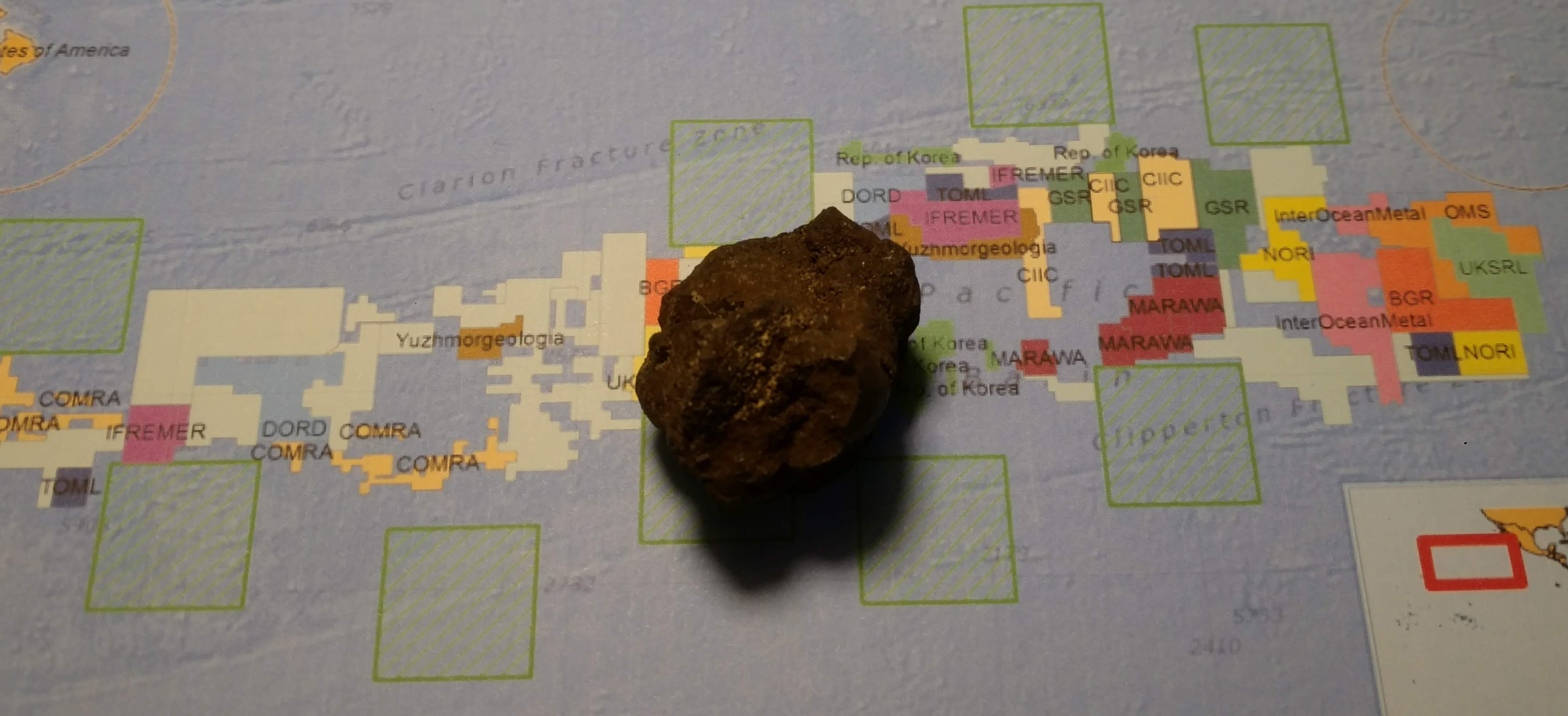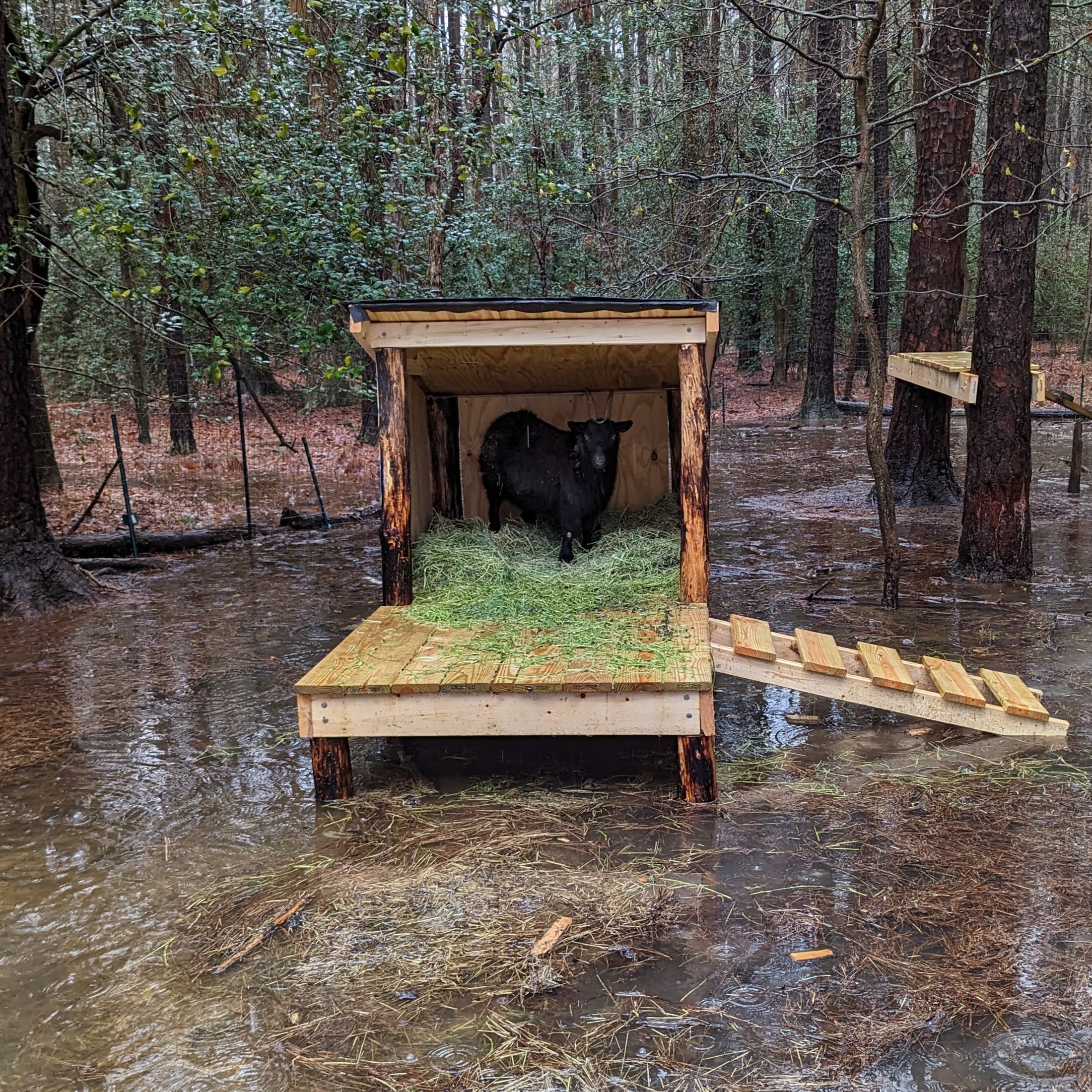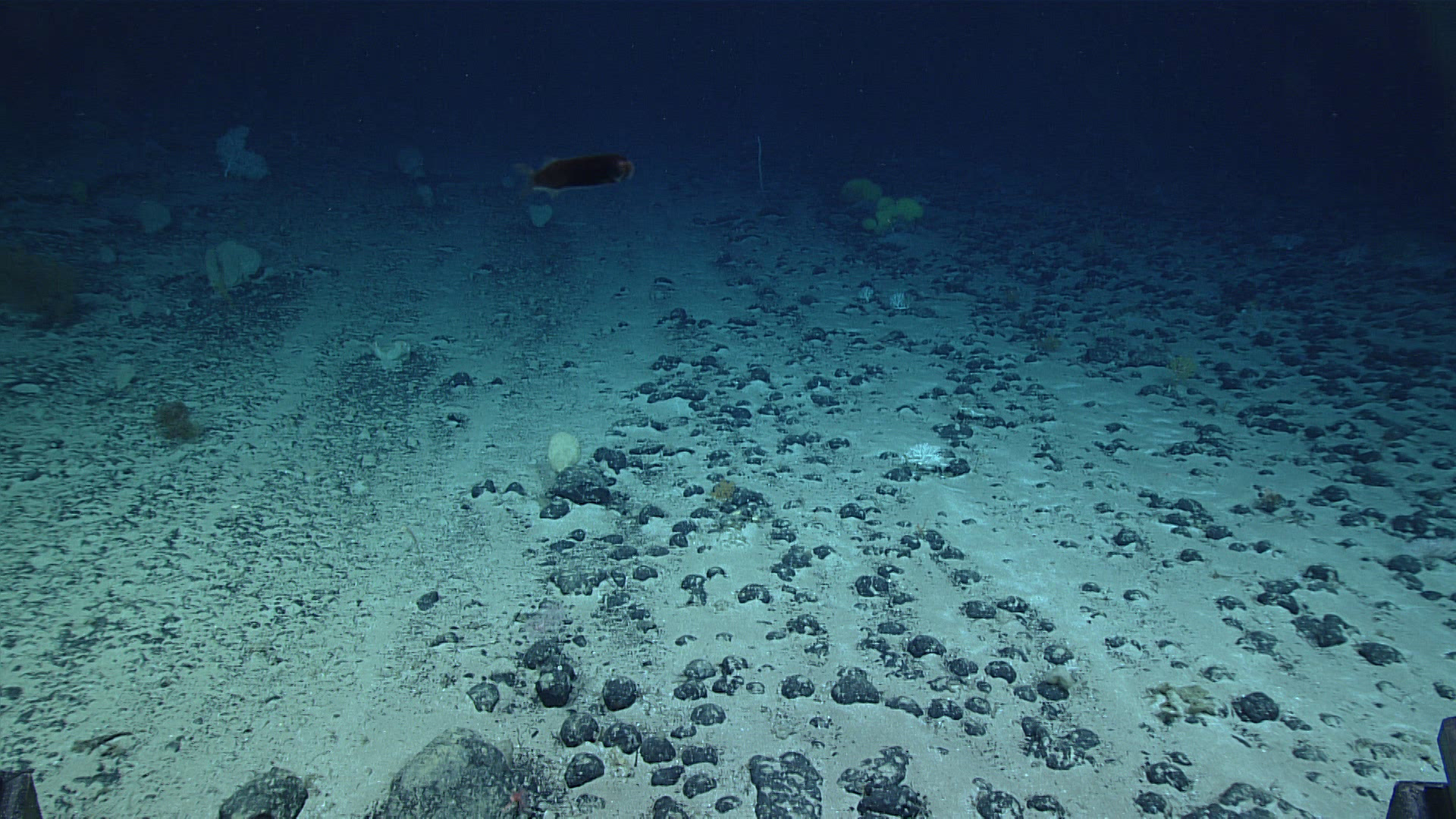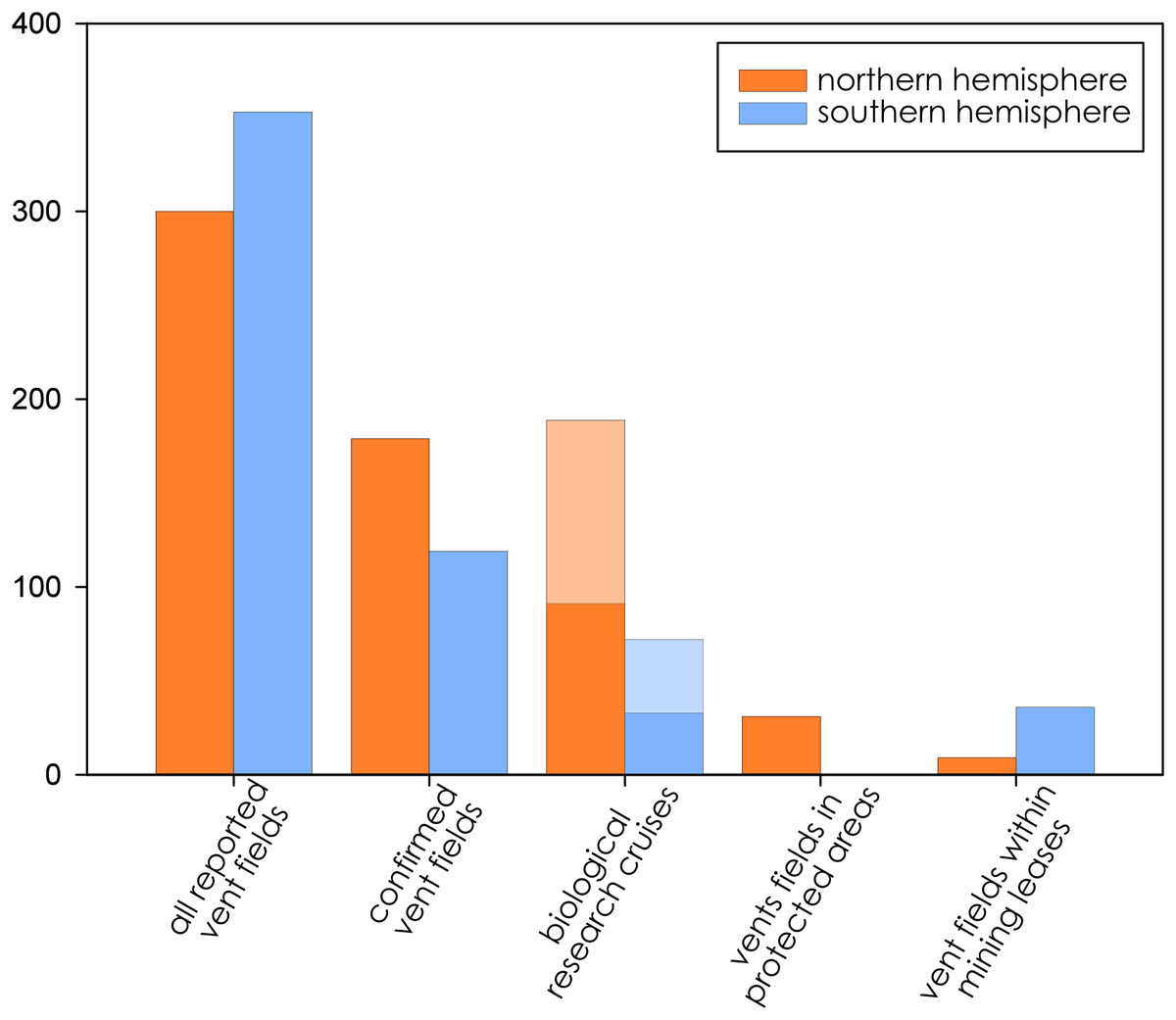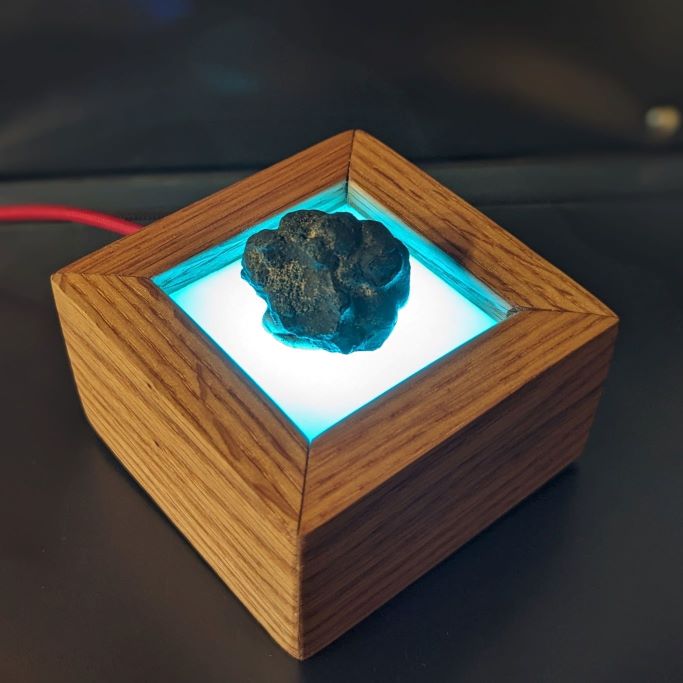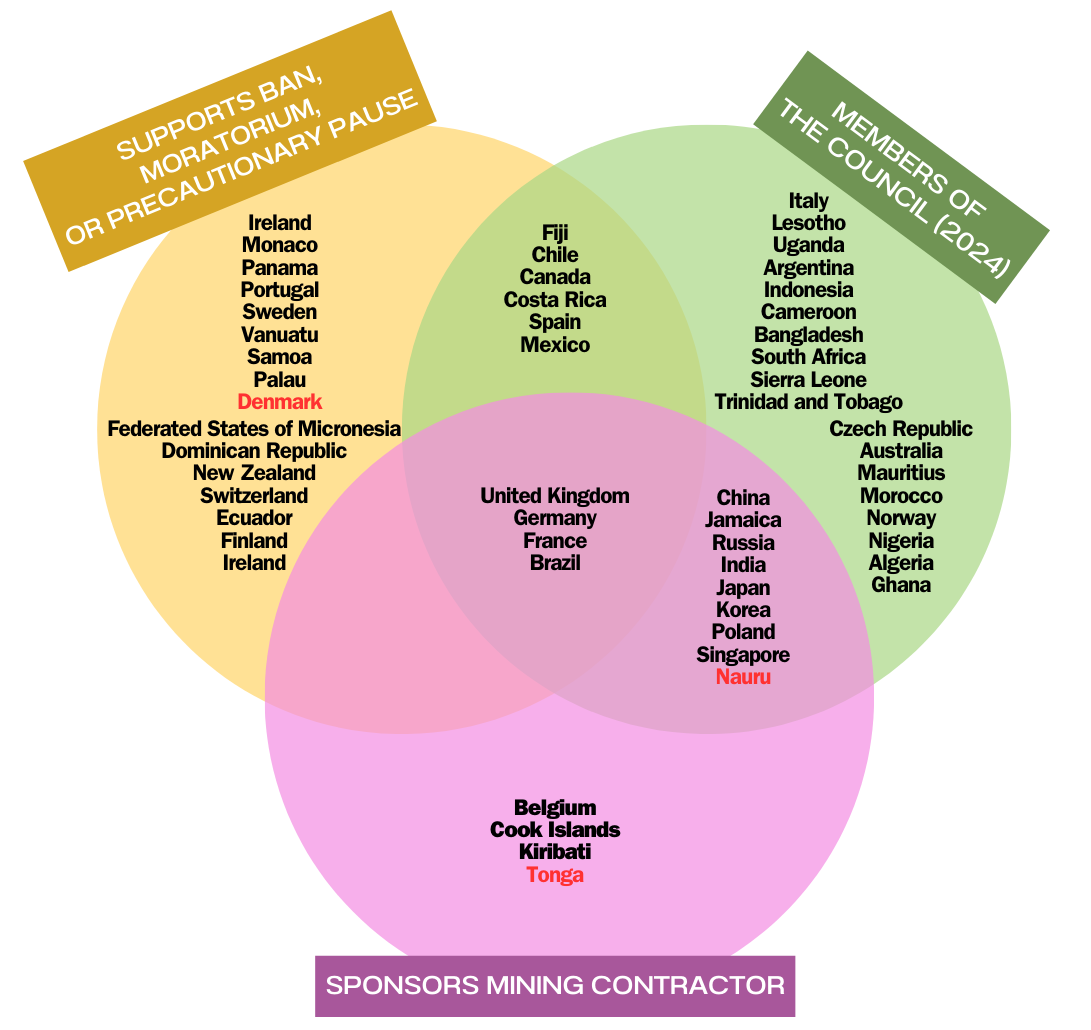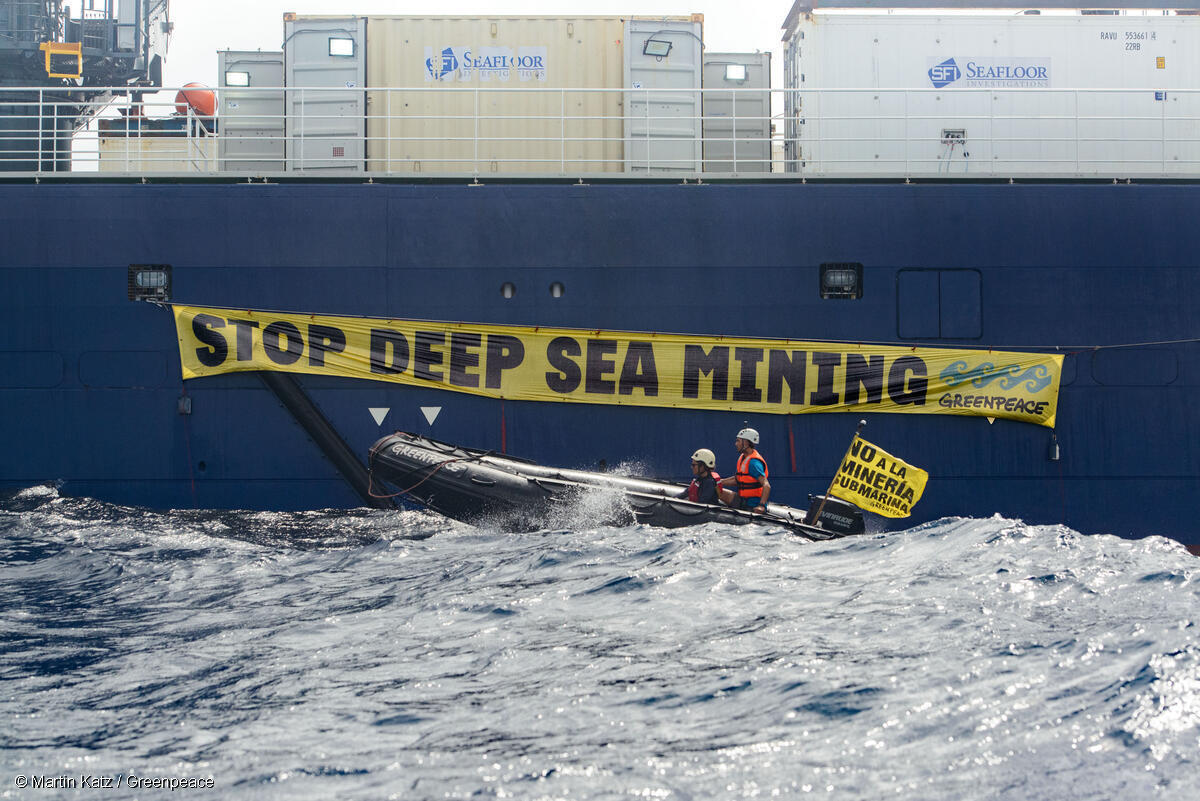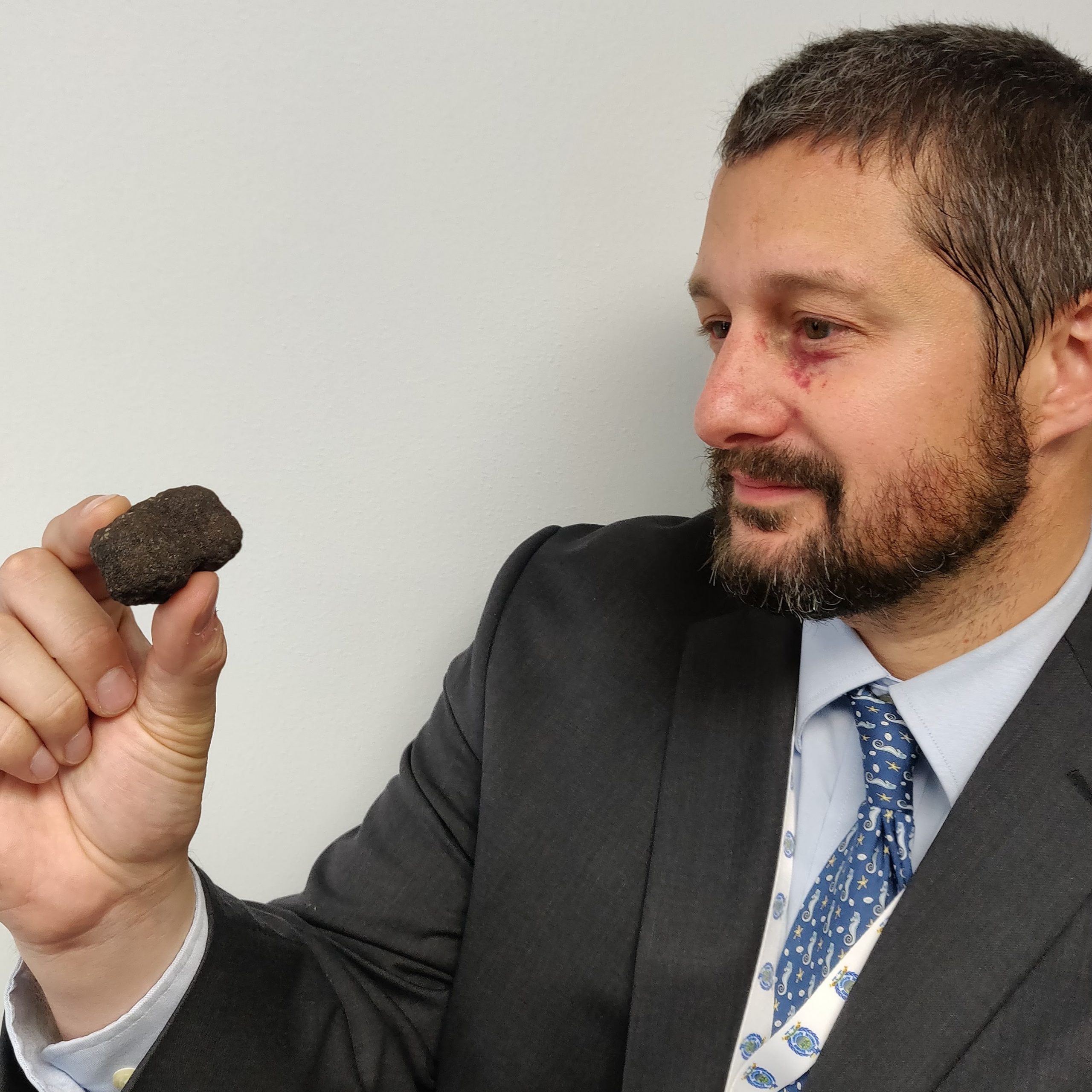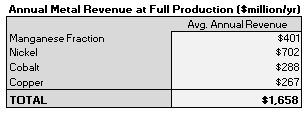May has historically been one of the slowest months on the blog. The weather is getting nice and Southern Fried Science readers and writers have other priorities as the academic year comes to a close. We only published 8 articles this month and logged about 11,000 unique visitors. You were interested in the news that … Read More “Not much: What you read on Southern Fried Science in May” »
Tag: deep-sea mining
The International Seabed Authority is the regulatory body that oversees deep-sea mining in areas beyond national jurisdiction – they’re tasked with develop the mineral resources of the high seas seabed while protecting the marine environment. At the heart of the ISA is the Secretariat, the administrative organ charged with the day-to-day operation of the ISA. … Read More “International Seabed Authority gears up for a leadership challenge at the July meeting.” »
After a trio of very widely read articles triggered a traffic surge in February, including David’s critical expert analysis of cross-order hybridization, our visitor count normalized a bit on the old ocean science and conservation blog. A little more than 19,500 people visited Southern Fried Science in March, a roughly 50% increase from January. You … Read More “Space Crabs, Big Boats, and Fake Sharks: What you read on Southern Fried Science in March” »
The International Seabed Authority is meeting this month in Jamaica, but it is not the entire International Seabed Authority. Only the Legal and Technical Commission and the Council meet this months. The Legal and Technical Commission is a body of experts that reviews documents and proposals, usually in private as many contain privileged information from … Read More “What I’m watching for at this month’s ISA meeting: The Vibes” »
Cultural Heritage is a bit of a tough concept when working in areas beyond national jurisdiction. By definition, the places being considered for deep-sea mining by the International Seabed Authority exist at least 200 nautical miles from land and human habitation. Even most submerged archeological sites lie on continental shelves within nations’ exclusive economic zones. … Read More “What I’m watching for at this month’s ISA meeting: How to Value Cultural Heritage on the High Seas?” »
The Common Heritage of Mankind. The core principle that underlies all of the negotiations surrounding deep-sea mining beyond national borders is that these resources don’t belong to any one person, organization, or nation, but to humankind as a whole, to be exploited (or not) for the benefit of the world as a whole. With the … Read More “What I’m watching for at this month’s ISA meeting: untangling the financial regime” »
One curious contradiction in the International Seabed Authority is that some of the member states that are currently most vocal about enforcing a strong moratorium (if not outright ban) on deep-sea mining also currently hold ISA exploration leases. The UK and France, as well as Germany and Brazil, have all made statements in support of … Read More “What I’m watching for at this month’s ISA meeting: How are pro-moratorium member states dealing with their own mining leases?” »
In November and December of 2023, Greenpeace activists boarded a deep-sea mining vessel conducting exploratory research in the Clarion Clipperton Fracture Zone. The executive summary is that the ISA issued interim measure pursuant to Regulation 33 of the Regulations on Prospecting and Exploration for Polymetallic Nodules in an attempt to compel Greenpeace to halt its … Read More “What I’m watching for at this month’s ISA meeting: How the Council responds to the NORI-D Incident” »
Earlier this week, Congresswoman Miller of West Virginia introduced the Responsible Use of Seafloor Resources Act of 2024 bill into Congress. This bill is among the few significant pieces of new national legislation promoting deep-sea mining to be introduced in the modern era. The text is available here: A Bill to support international governance of … Read More “New Deep-sea Mining Bill Introduced in Congress” »
On Friday, I posted about the financial model used to project the potential profits from a hypothetical polymetallic nodule mining model in the Clarion Clipperton Zone. This model, originally commissioned in 2018 and updated in 2021/22, had some puzzling prices for manganese in particular. This model is extremely important. Beginning late this month, member states … Read More “Updated financial model for deep-sea mining makes more sense, fewer dollars” »

